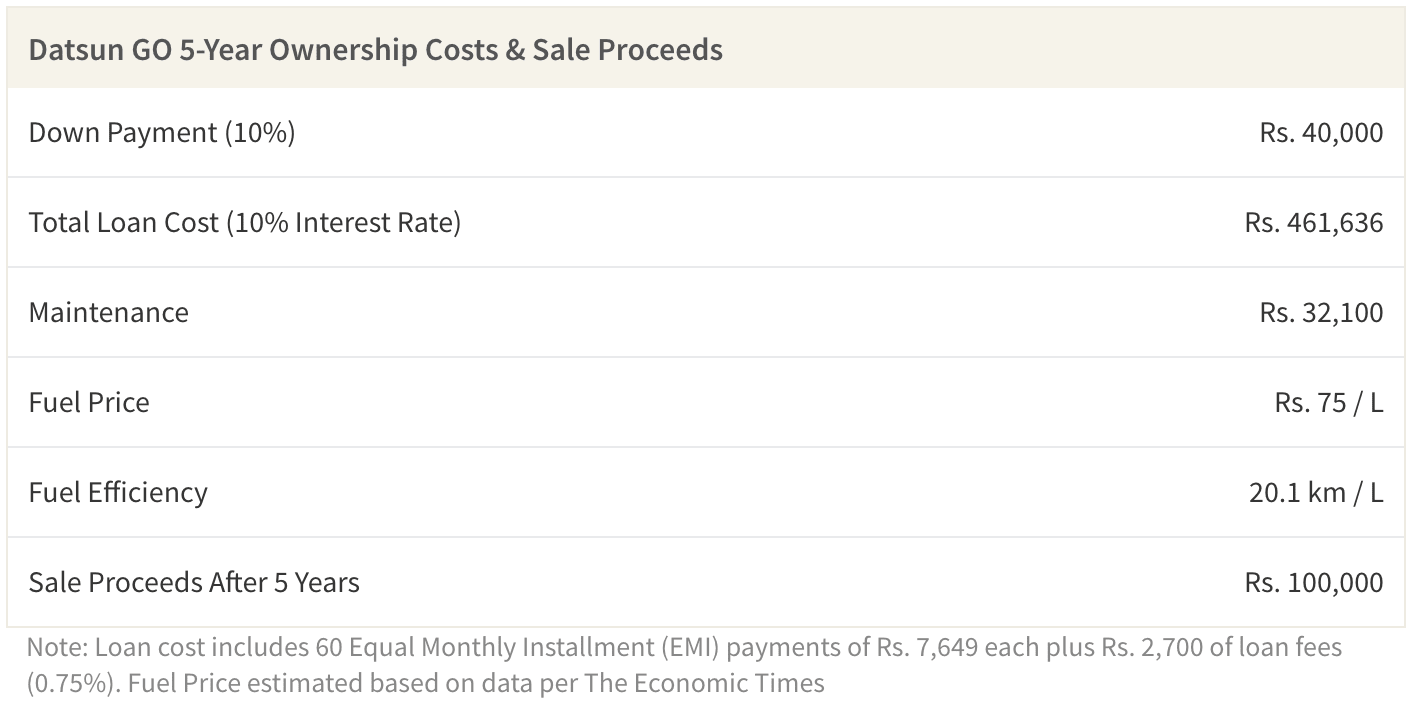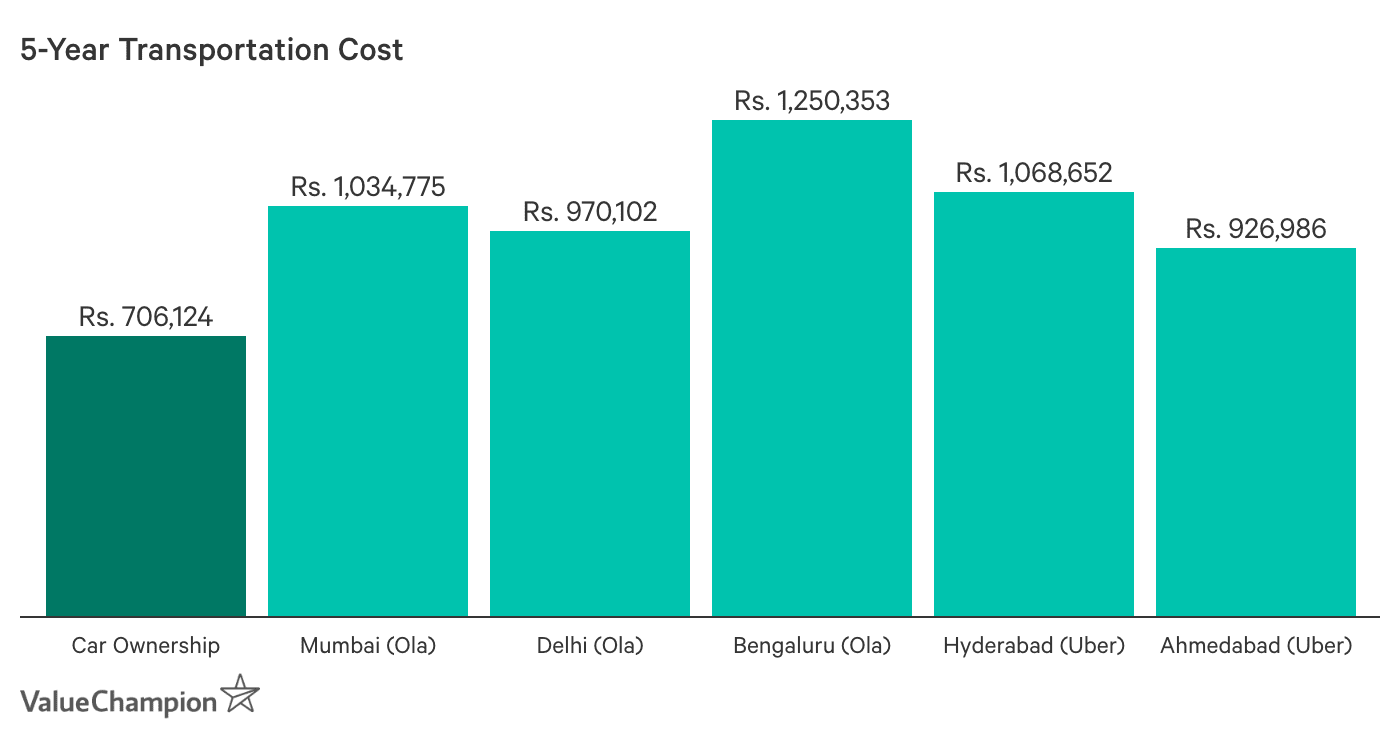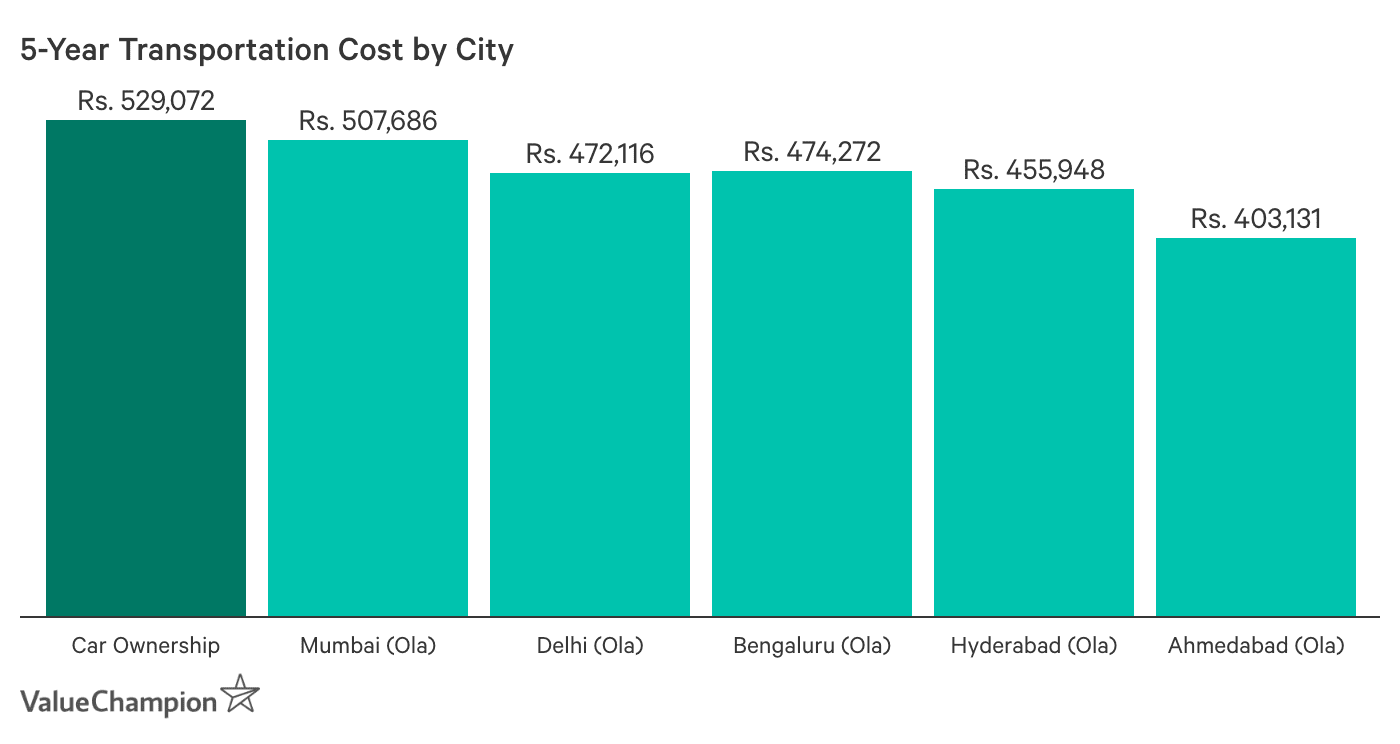Never lose sight of your vision, always stay true to your DNA

The public relations (PR) firm I work at, Asia PR Werkz, is 23 years old, making it one of the oldest in Singapore. Contrary to deriving our own ethos, the way we think and act has been shaped by working with so many founders.
Our firm works across several PR verticals such as government, property, education, consumer and most recently, startups. But, unlike other firms, we aren’t as ‘traditionally-tuned’.
How did this happen?
Along the years, I started to see our firm’s startup accounts team (myself included) thinking more like a startup and less like a PR firm. Was it the founders working closely with us that made us think this way? Or was it the startup media? We didn’t know.
When we started working with some of these startups, they were young, nimble, small teams with a single country presence. Their story was different, and so was their stage of growth.
They compelled us to think non-traditionally, just like how they broke barriers when they first got off the ground.
Over the years as they grew, so did we. When they expanded regionally, we realised it was imperative for us to then study and understand the media landscape in the region. We needed to be as nimble and agile as them. Being adaptable became one of our key strengths.
What makes a startup grow exponentially?
Just over a year ago, this startup was half its current size and was only in one market outside Singapore. So, did they get lucky? Did they do something right? Was it because of the industry they were in? Was it their team dynamic? Did their DNA play a role in their growth?
I would say all of the above.
Without a doubt, the founder always plays the key role of sitting in the driver’s seat. They set the pace and define the ‘DNA’ of their firms. We often meet founders who are extremely passionate and in a big rush to build their brand.
For startups, PRs can be an important tool during growth to build up credibility.
Establishing a brand is easier said than done today. In the earlier days, when I was a young PR practitioner, all it took to build a brand were a few press releases, key editor meetings and top line advertising.
Fast-forward 20 years and today, building brands require help from PR firms, digital marketing, top line advertising, events, trade shows, below the lines and what not. This can truly be an overwhelming feat for founders who have never done brand building before or startups that have just begun to scale.
Building up the brand’s origin story on the home ground becomes key as this leads to pure brand and image building.
Some questions founders often ask when we meet for the first time include: “When should I start doing Public Relations? How will it affect my growth? Will it help me attract talent? Will my investors be influenced?”, and “how long will this all take?”
Also Read: Learning from early failures: Inside our startup Outside
Unfortunately, these questions will only continue getting more complex as the startups begin to scale. The startup needs to be taken across multiple markets while still keeping true to the story and, the biggest challenge would be to hold the narrative close to the DNA of the firm and never be in a rush to get it done.
We believe that our DNA comes from how the founders think, where they want to get to (sadly this is often more short term than long term), how their story can be best portrayed with the brand, how we can ensure consistency, who we are impacting and how effective we are in building the brand.
We often tell the founders that large corporations have the luxury of time and money to build a brand. Unfortunately for startups, that journey is short and has to be done right. Most campaigns need to focus on business challenges with clear goals and impacts.
Sometimes, the tactical short-term campaigns can have deep influences on the long-term growth of the firm, as long as the strategy is clear and effective.
For example, about a year ago during a casual catch up with one of our founders, he discussed some of the challenges he faced at a business level in another market where the firm was scaling. He revealed that he now saw how social impact had been a key player for their growth and their potential to grow even bigger.
Hearing this first-hand got our minds ticking. After all, there was a problem the startup was striving to solve and identifying it and quantifying the impact was the answer.
The same issue could have come to us in a page-long brief but we doubt we would have understood it as clearly then. The founders play a key role in helping us stay close to that DNA.
The campaign development went on for a year across multiple cities and played a crucial role in accelerating the pace and growth for that firm in a market. It’s just a small example of how the non-traditional approach works for startups and how just one campaign can have such a deep impact on the business.
A founder’s key role is never to lose sight of the idea that got them this far. Focusing on short-term business goals is important but linking it back to the overall business goal is more critical.
From launching a product to on-boarding a key partnership, all these factors are slowly bringing the firm closer to its core identity; its DNA — the reason why it even took shape.
Also Read: Asset tokenisation platform STP Network raises US$7M; to launch IEO on Bittrex
To bring out the overall message and give context to the problems you are trying to solve is truly the role of public relations. And, to build up a brand from scratch is that of the startup’s.
A startup is usually borne out of a wild idea, over a coffee in a café or beer in a bar. If that idea got you this far, make sure you never lose sight of it as it is the core purpose of your startup’s existence.
—
Photo by Austin Distel on Unsplash
e27 publishes relevant guest contributions from the community. Share your honest opinions and expert knowledge by submitting your content here.
The post Why PR firms need to think more like startups appeared first on e27.












